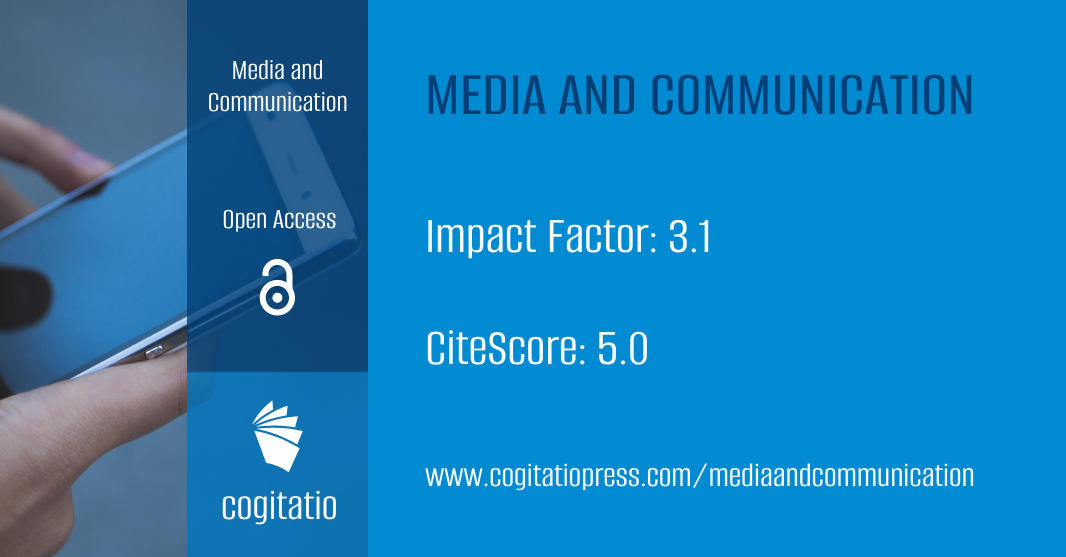- Digital Media Products, Strategy and Innovation by Kevin Anderson
- Posts
- How the media lost the future, and how we might regain it
How the media lost the future, and how we might regain it
Plus: Research on how jobs to be done can deliver better local news products
My first glimpse of the future of media came in a student computer lab at my dorm at the University of Illinois at Champaign-Urbana in August of 1993. (Yeah, I’m that old.) My friends were buzzing about a new app that was in beta, something called a web browser, Mosaic, which had been developed by Eric Bina and Marc Andreessen at the National Center for Supercomputing Applications on campus. Before Mosaic, I couldn’t imagine my parents ever using the internet. It was just too technically complicated, but Mosaic made the internet visual and accessible. As a journalism student close to graduation, I know that it would change my career, and it did in so many ways I never anticipated.
In 1996, I had my first proper digital journalism as a digital news editor at WWMT - a local TV station in Kalamazoo Michigan. The next year, I moved across the state to work as a special projects producer at Advance Local’s MLive. The next year - 1998 - I became the first digital journalist for the BBC outside of the UK, working in their flagship bureau in Washington DC.
But I was not the first wave of digital innovators by a long chalk. My friend Steve Yelvington was the founding editor of Star Tribune Online and has written about pre-internet online efforts by newspapers. He was building that service as I was exploring the web with Mosaic. And there was Roger Fidler, who I knew about by reputation but never had the honour of meeting. He envisioned a future of “tablets and e-readers” in 1981 and spent the early 90s trying to build that tablet at the Knight-Ridder Information Design Lab! This is to say that plenty of visionaries were already working towards a future of media before I had even left university.
Now 30 years later, the New York Times interviewed Fidler in “How the Media Industry Keeps Losing the Future”. "After decades of decline, their collapse seems to be accelerating,” writes technology reporter David Streitfeld, adding how Fidler “helped develop technology for lightweight tablets that would use flat-panel displays that were low cost but clear and bright with a relatively long battery life”.
What went wrong?
I was too narrowly focused. I didn’t consider all the possible cross impacts of emerging technologies that would lead to Craigslist, alternative news sites, social media and other products that would greatly diminish newspaper circulation and advertising revenue.
I was too narrowly focused as well. I thought the cost savings of digital distribution would open up a new era for journalism. However, if you save money but can’t earn it, it doesn’t matter. Your business will still fail. I started thinking about digital revenue at MLive, but then I went to the BBC. We had the luxury as a public media outlet to produce incredible, ground-breaking digital journalism without having to think about a business model. When I worked at The Guardian (2006-2010), it had an almost anti-commercial culture. I did not turn my attention back to thinking about revenue until I joined Gannett in 2014, and by that time, it was too late.
How we might regain the future
During the pandemic, I finally fulfilled a promise to myself and got my master’s degree in innovation, management and leadership. I try to apply what I learned to help media companies as the consulting director at Pugpig so that publishers, their reporters, product managers and the technical and commercial staff have a brighter future.
One way publishers need to adapt is to consider their marketing orientation, which is the process that a business engages in to identify and satisfy the needs of its customers. First, let’s discuss who the customer is. In As a journalist, we always thought our customers were our audiences, but when I started working in the industry in the US, 80% of our revenue came from advertisers. People seem to think that delivering eyeballs to advertisers is a recent development of the digital age that sullied the noble profession. When I was in journalism school, my professors were honest and said that subscription revenue paid for the cost of paper, ink, presses, and distribution but not our salaries.
I’m going to reference this incredible graph from 2016 by Thomas Baekdal. It tells the story quite clearly about what happened in the US.

Search and social media advertising became a much more effective way to reach audiences than newspaper ads. What would have happened had we poured as much innovation effort into the commercial side of media as we did into the editorial side? It was done in fits and starts. Gannett owns a digital media marketing company. The Dallas Morning News bought up several local digital marketing companies in the middle of the last decade. So much more should be done in terms of digital publishing commercial innovation.
However, with the major focus now on reader revenue, our readers are our customers, which brings me back to the concept of marketing orientation, I am going to focus on three: sales, product and market orientation.
A sales orientation focuses its energy on selling its product to its target audience. “In a way, it does prioritise its customers but not in a sense of listening to their needs and wants – it simply wants to sell to them,” according to Orientation Marketing.
A product orientation focuses on continually improving its products to deliver the highest quality product possible. “Premium products fall into this category, but the approach does not always offer what its target audience actually wants or considers the factors that the audience uses to form its purchasing decision,” Orientation Marketing says. The benchmark is competitors.
A market orientation considers the target audience before any product is created. Audience needs are taken into account. “Market orientation, in marketing strategy terms, commonly revolves around culture, values and other internal behaviours focused on satisfying customer needs that are usually well-researched prior,” Orientation Marketing adds.
The marketing orientations all have their pros and cons. A sales orientation can be effective when you have proven the product-market fit and have a relatively stable market environment. However, that isn’t the environment that newspapers have been operating in for decades. How long did we cling to a sales orientation? How long did we simply focus on selling what we had always done without listening to our audiences? Too long.
And how many times have I heard a product orientation from news leaders who thought that quality would always cut through? Reflexively saying that “content is king” has too often been used simply as a thought-terminating cliche. It rallies the troops. But what content? In which format? Delivered in what way? Recently, there was a discussion in an industry Slack in which an exasperated product manager asked if a podcast could gain an audience simply on quality alone. It was an assertion made by a producer where she worked. What arrogance! Such self-importance! It’s as if the audience is an afterthought and the only thing that is required is to produce something that passes exacting quality control based on journalism’s own professional standards.
For product managers who use tools like design thinking or jobs to be done, we have a market orientation. We ask who is the audience for this news product. We think of the audience in granular terms and consider their needs. We actively seek out quantitative and qualitative data, and we understand the variety of news and information needs that exist in our audiences. A good example is Schibsted, which sent three qualitative researchers on a road trip for a week to find out if people outside of the two main cities in Norway - Oslo and Bergen - had similar media habits. They have balanced editorial and algorithmic curation of their homepages based on a range of criteria. They understand that providing a homepage for the “average user” would present news that appeals to a white man in their 50s, and they want their homepage to meet the needs of the range of users and engagement levels that they know they have.
And we need to break down our internal silos so that editorial, commercial and technical can think broadly about how to solve the existential crisis facing journalism. We need this kind of collaboration to create products and revenue models that will pay living wages for the journalists, editors, sales staff, developers and other staff. ader revenue, a
And now onto things that caught my eye this week.
I start with a fascinating case study from Romania. It highlights how newsletters have become the MVP for media, and it is a rare examination of the revenue sources involved in local media start-ups, a mix of reader revenue, ads and grants. The case study also highlights how scrappy journalists have had to be to make a go of it over the last decade or so.
Three young leaders shared advice for meeting challenges including imposter syndrome and having to remake a media brand to help it move upmarket. I particularly enjoyed Aliya Itzkowitz of FT Strategies view on the value of voicing uncertainty. When you’re dealing with innovation, you have to deal with uncertainty and find a way to systematically work your way through it.
My former BBC colleague Alf Hermida has just released a paper with Seth Lewis and Samantha Lorenzo on Clay Christensen’s jobs-to-be-done framework and how it can be applied to improving the products of local journalism. This was a popular framework in the first decade of this century, and there were a lot of advocates of it, including Steve Yelvington who I mentioned before.
The FT seems to be going from strength-to-strength, and now it is prospecting for new opportunities with its own venture fund.
In AI news this week, OpenAI alleged that the New York Times hired someone to manipulate its systems to make it appear that it frequently plagiarised the newspaper’s material. It was a forceful response to the Times’ lawsuit.
Having worked in US public media for four years, this makes me sad. It was one of the early efforts by public media to move beyond its traditional audio and video content to provide local news in a digital-first way. It speaks to the challenges facing US public media in this soft ad market.




